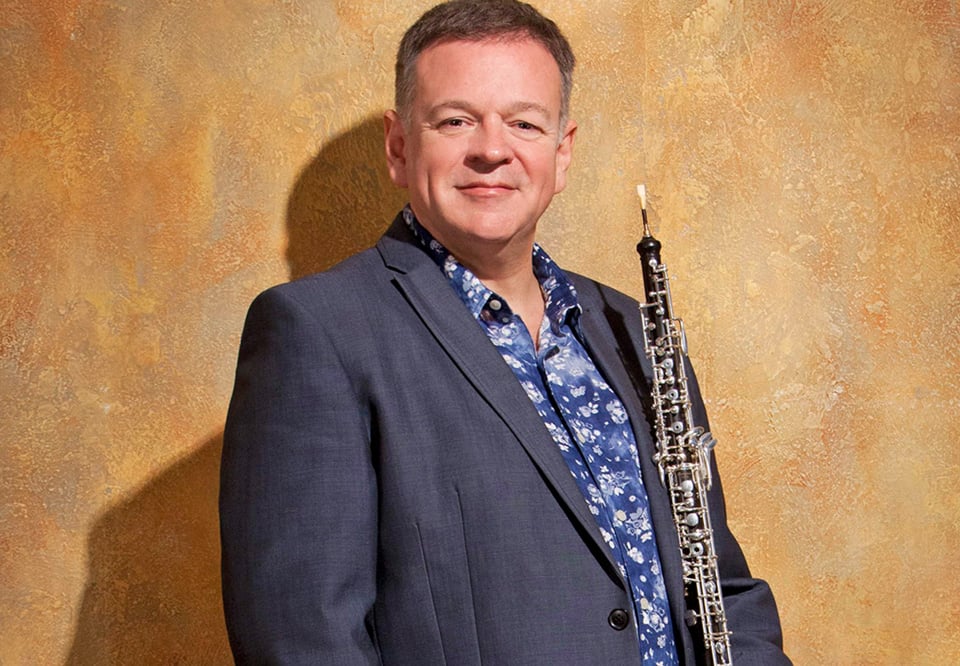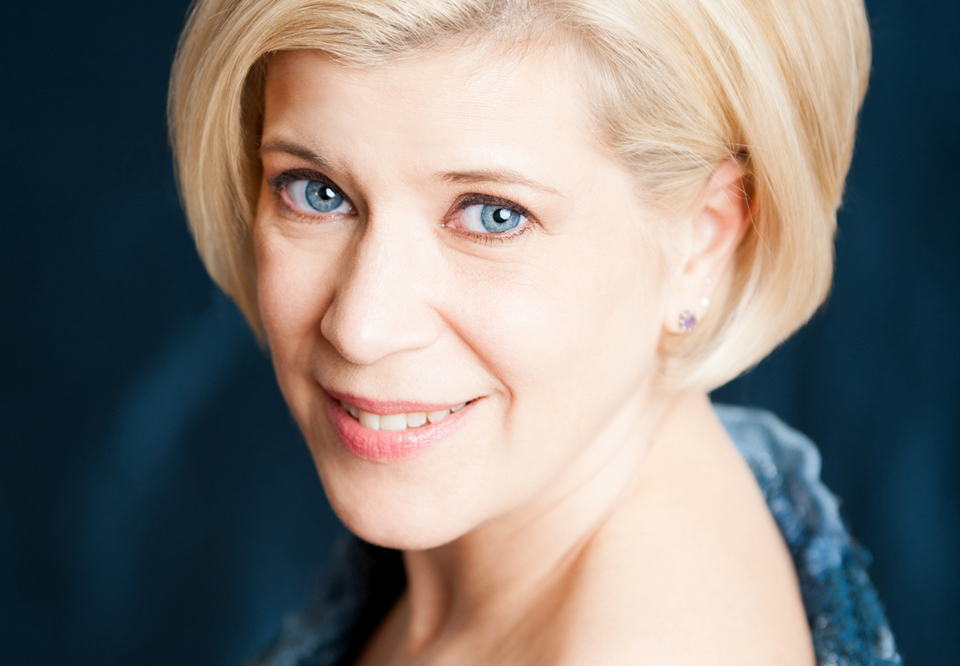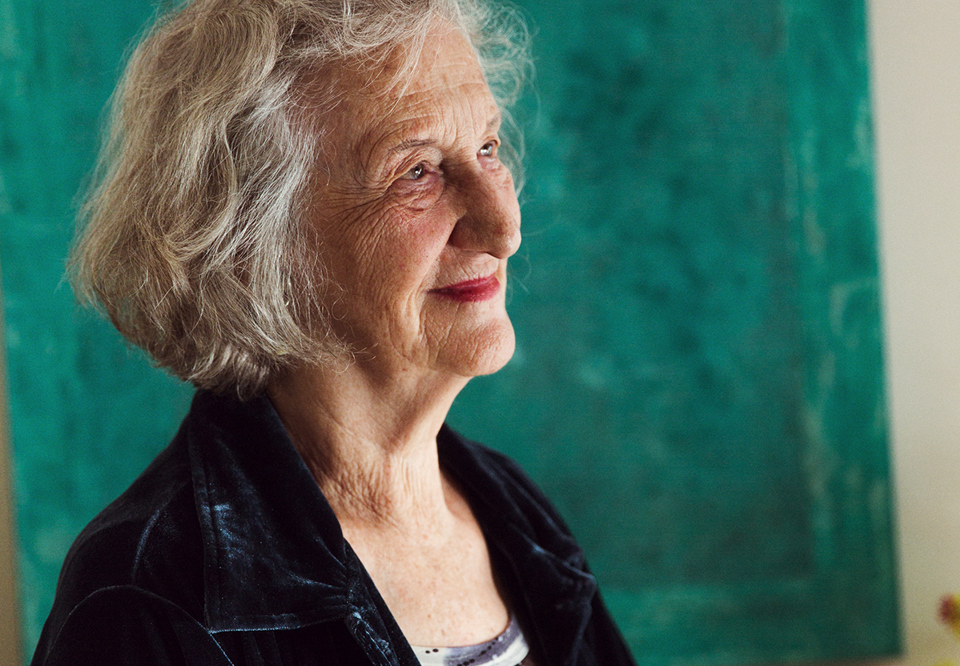Composer Festival – postcard from Scotland
Thea Musgrave paints Loch Ness in music.
This year’s Composer Festival is dedicated to Thea Musgrave, one of the most prominent and respected composers of the United Kingdom. In 2018 she turns 90 years old; she is still highly active and will attend the festival. With her picturesque and dramatic music, she has a rare ability to take hold and draw the listener in to her multifaceted world.
Thea Musgrave often turns to visual art to find inspiration for her music. Or to history: many of her operas revolve around historical personalities, such as The Voice of Ariadne; Mary, Queen of Scots; Harriet, the Woman called Moses; Simón Bolívar and Pontalba.
Thea Musgrave was born in 1928 in Edinburgh, Scotland, where she studied at the university before moving to Paris. There, she spent four years studying at the conservatory under Nadia Boulanger. After her studies, she was active in London for a period before she became a professor at the University of California, Santa Barbara in 1970. Two years later, she moved permanently to the US, where she still lives.
Scotland’s Loch Ness is famous for its sea monster. In this good-natured piece, the monster (tuba) rises up from the depths in search of the sun. After being warmed by the sun’s rays (trumpet) and an old Scottish melody, the sea monster returns to the depths of the sea with a mighty splash. A cool moon rises in the sky and a light breeze ruffles the water’s surface; all is calm.
Upon seeing one of sixteenth-century artist Piero di Cosimo’s frightening hunting paintings at the Metropolitan Museum of Art in New York, Musgrave had the idea that different pictures relating to seasons could be a metaphor for the stages of human life. This is precisely what she has depicted in the orchestral work The Seasons.
In Helios, it is instead Greek mythology which served as inspiration. The Greek god of the sun, Helios, moves across the canopy of the sky in his horse-drawn carriage. The oboe assumes the role of leader in the darkness and light of the music. At times, it is interwoven with the orchestra, but the soloist never loses command.
Thea Musgrave found inspiration for Turbulent Landscapes from the English artist William Turner. These six movements, despite their shared inspirational material, are also very different. Each movement is based on a specific painting, except for the second, which is based on three paintings. In addition, someone from the orchestra is featured as a soloist in each movement.
-
The music
Approximate times -
Thea Musgrave Loch Ness – A Postcard from Scotland10 min
-
Thea Musgrave The Seasons24 min
-
Intermission25 min
-
Thea Musgrave Helios, Oboe Concerto17 min
-
Thea Musgrave Turbulent Landscapes25 min
-
Participants
- Royal Stockholm Philharmonic Orchestra
- Karen Kamensek conductor
- Nicholas Daniel oboe



